How to Add a Full-Width Slider in Elementor: A Complete Guide with Examples

Full-width sliders are a popular design element that captures attention and is ideal for showcasing featured images, promotions, and key messages. Elementor makes it straightforward to create a full-width slider on a WordPress site. This guide provides detailed steps and examples to help set up and customize a full-width slider.

Step 1: Install and Activate the Elementor Plugin
If Elementor isn’t installed, follow these steps:
- Log in to the WordPress Dashboard.
- Navigate to Plugins > Add New Plugins.

- In the search bar, type Elementor, then click Install.
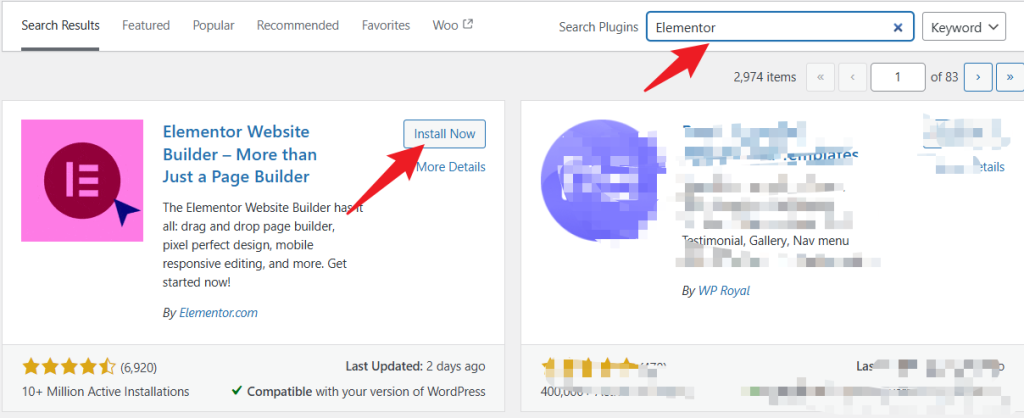
- Once installed, click Activate.
This guide uses Elementor Pro, which includes the Slider widget. If Elementor Pro isn’t available, a third-party plugin like Essential Addons for Elementor also provides slider functionality.
Step 2: Create a New Page or Edit an Existing One
To add the slider, either create a new page or edit an existing one:
- Go to Pages > Add New Page for a new page, or select an existing page to edit.

- Click Edit with Elementor to open the Elementor editor.
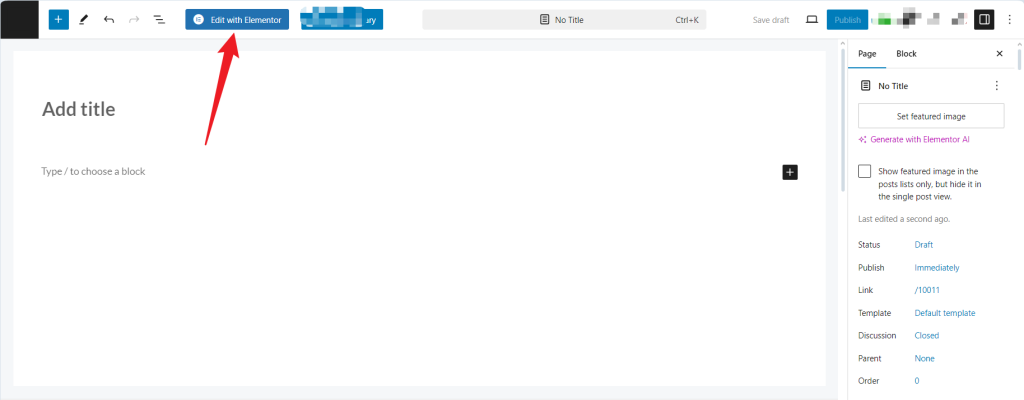
Step 3: Add the Slider Widget
Inside Elementor, use the Slider widget:
- Click the Add New Container button and choose a one-column layout.

- In the left panel, please search for the Slider widget and drag it into the section.
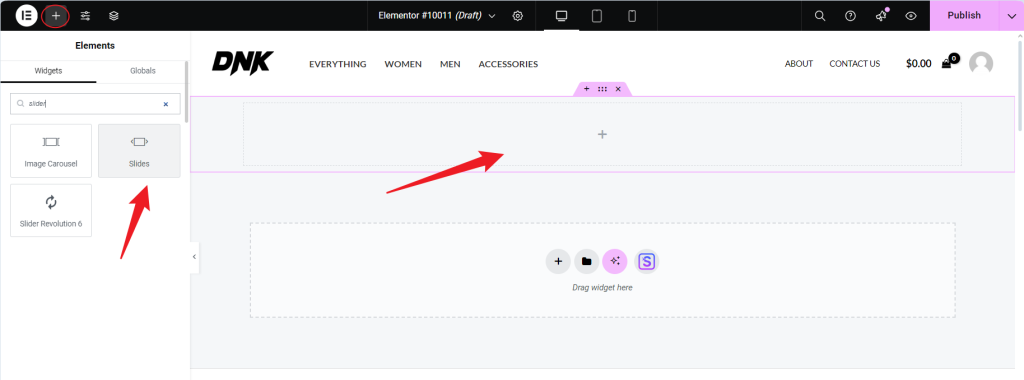
Step 4: Configure the Slider Settings
Customize the slider content:
- Add Slide Content: Click each slide, upload images, and add a title, description, and a call-to-action button.
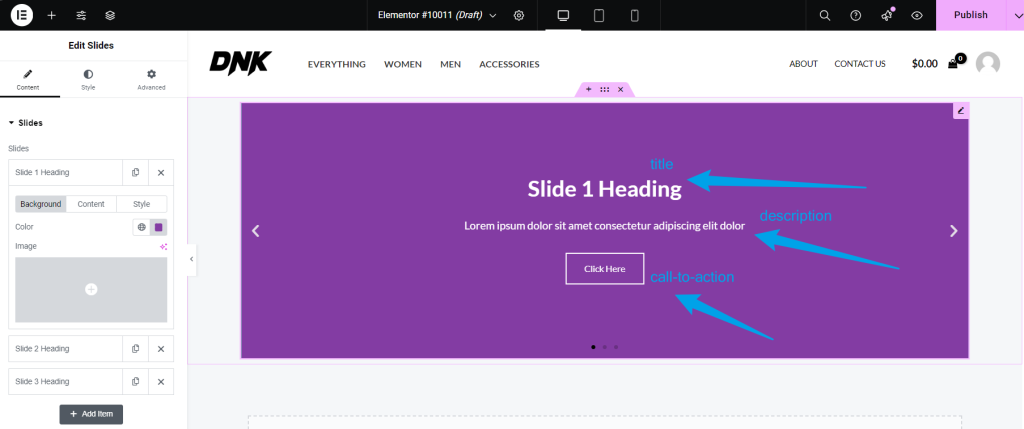
- Example: A travel blog could showcase popular destinations with a “Learn More” or “Explore” button.
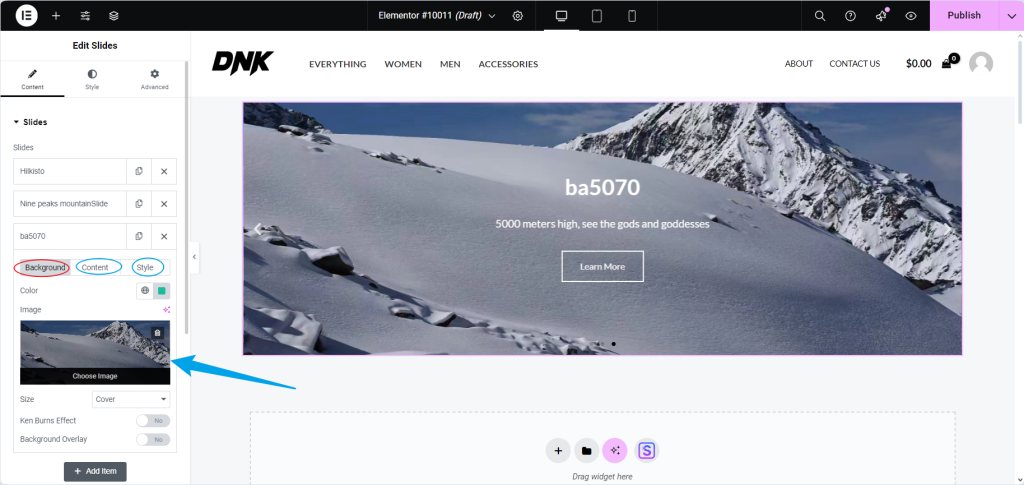
- Set Background Images: Use high-resolution images (at least 1920px wide) to maintain clarity.
- Best Practice: Optimize images between 100KB and 300KB for faster loading.
- Button Links: Link each slide’s button to relevant pages, such as product pages or blog posts.
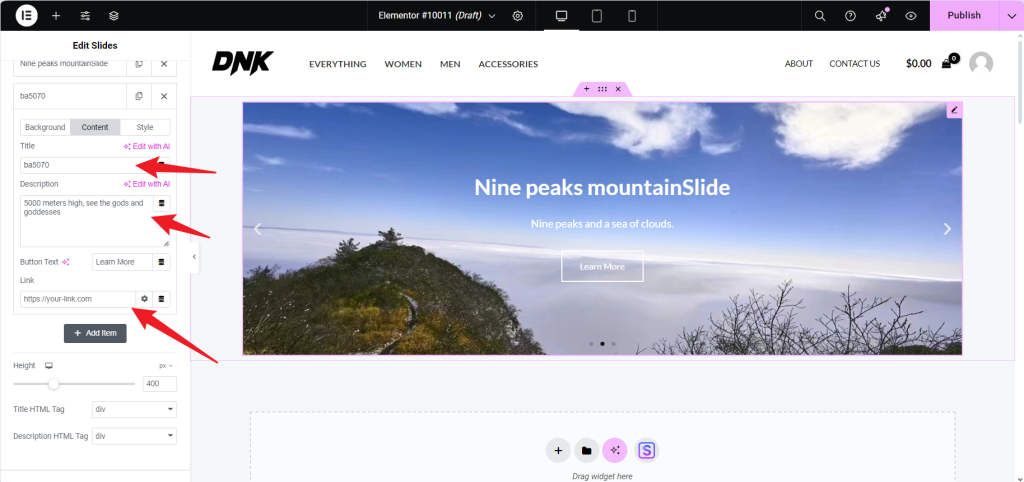
Step 5: Set the Full-Width Layout
To display the slider in full width:
- Select the section with the slider widget and click Edit Container.
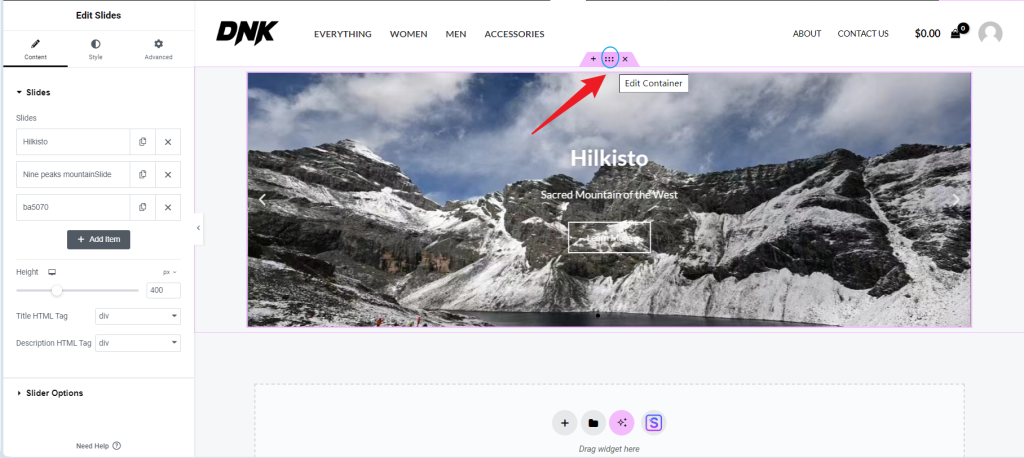
- In the Layout tab, set Content Width to Full Width.
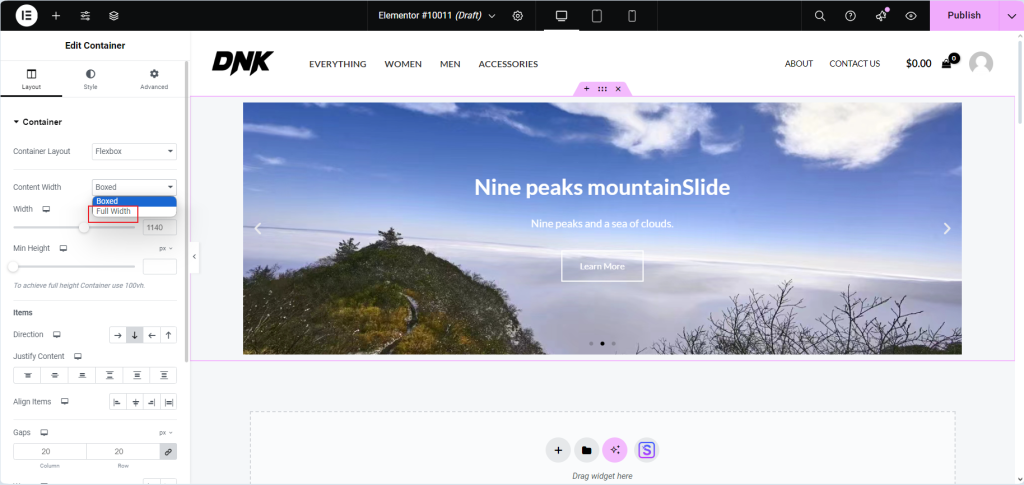
- Set Column Gap to No Gap so the slider covers the entire screen width.
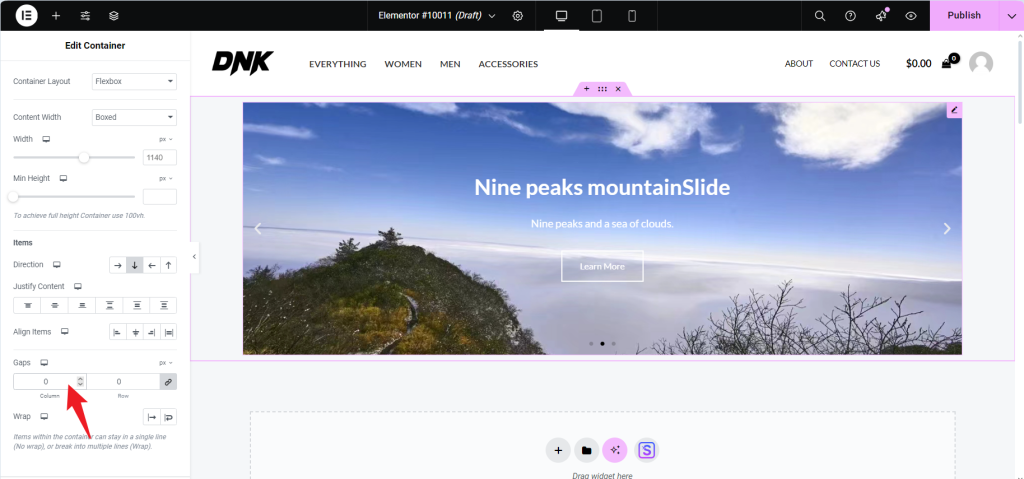
- Go to the Advanced tab and set Margin and Padding to zero, ensuring the slider aligns with the screen edges.
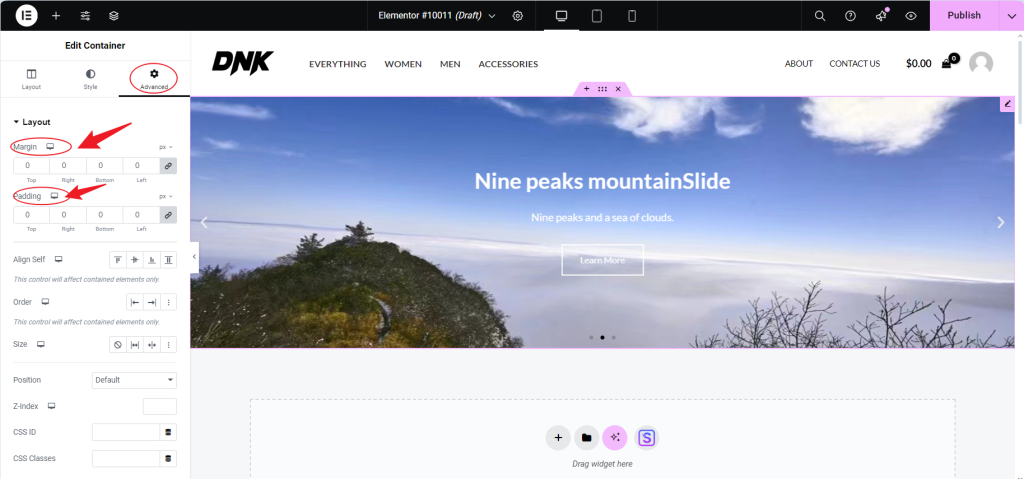
- A photography portfolio could use full-width sliders for landscape images, covering the screen without margins.
Step 6: Customize the Slider’s Appearance
To adjust the slider’s style:
- Height Settings: In the Content tab, adjust the height to fit the design. Options like Fit to Screen or custom height settings (e.g., 600px) are available.
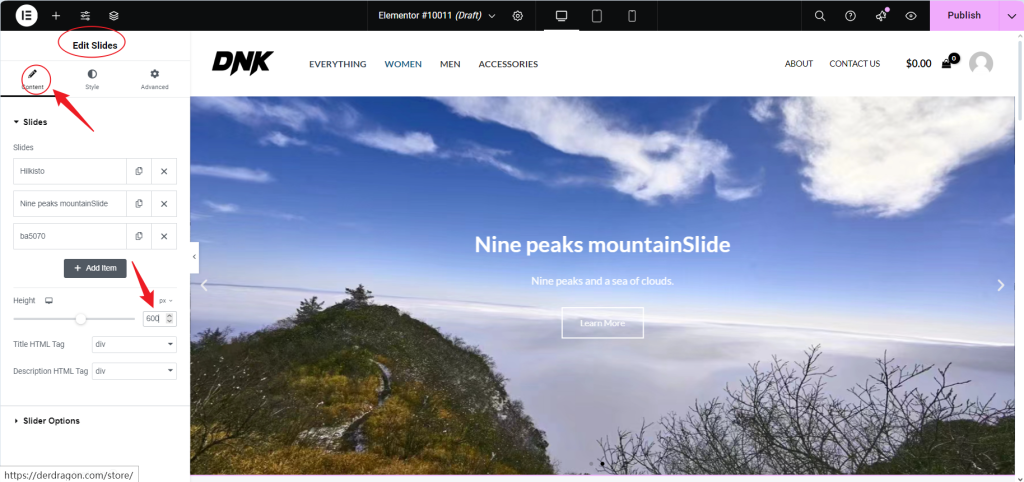
- Background Overlay: In the Style tab, add a semi-transparent background overlay to improve text readability.
- Use a dark overlay on bright images or a light overlay on dark images.
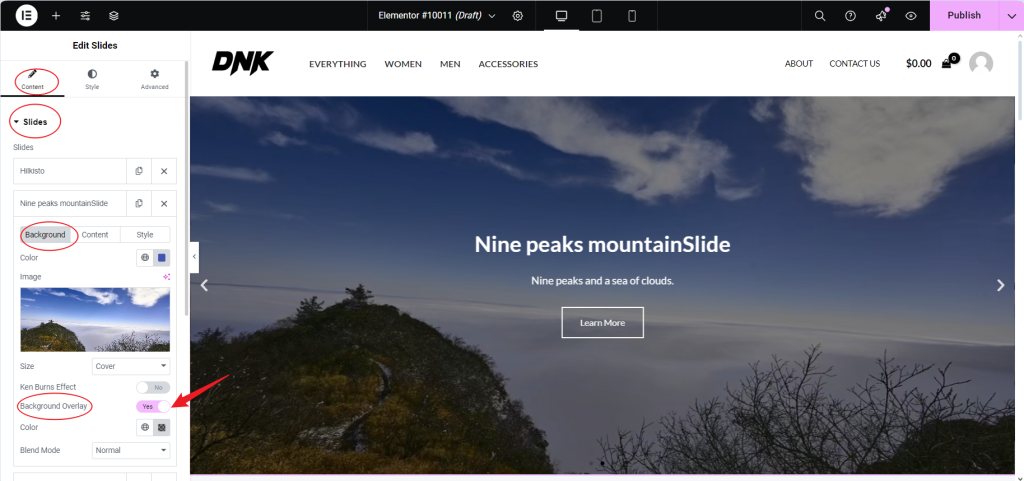
- Typography: You can adjust fonts, styles, and colors to match the site’s branding. Elementor allows you to customize typography for titles, descriptions, and buttons.
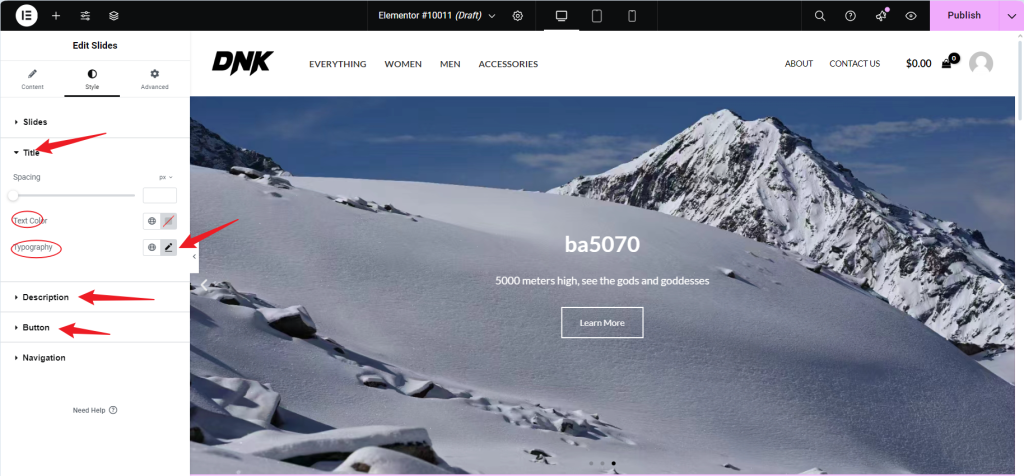
- Animation Effects: Add Entrance Animations or Hover Effects in the Advanced tab for interactivity.
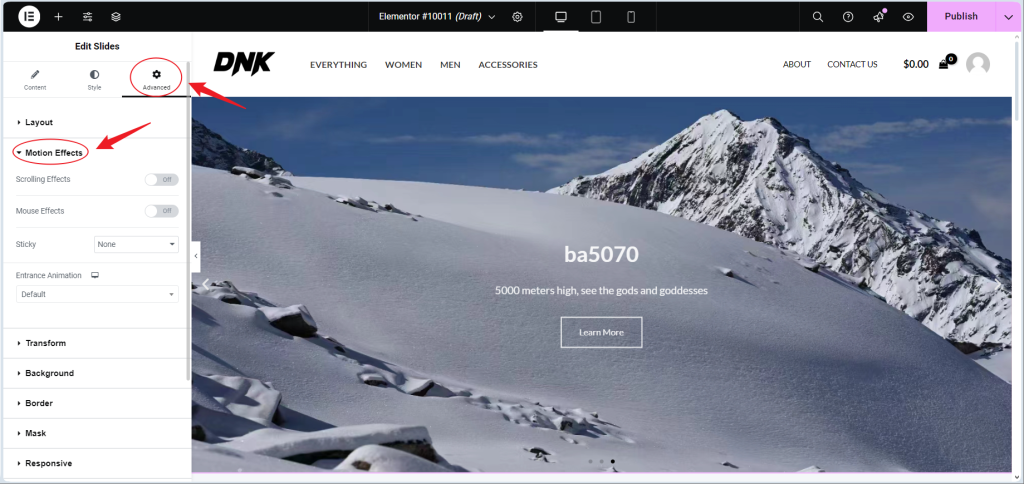
Step 7: Save and Preview
After finalizing the slider settings:
- Click Publish or Update.
- Use the Preview button (eye icon) to see how the slider will look live.

Check that the slider loads correctly and displays well on various devices (desktop, tablet, and mobile).
Conclusion
A full-width slider adds visual impact, highlighting featured content such as promotions or critical messages. Elementor offers a range of customization options, making creating a responsive and engaging slider simple.
Frequently Asked Questions

1. Why isn’t the slider displaying in full width?
Check that the Section and Column layouts are set to Full Width and that the Margin and Padding are set to zero.
2. How can I speed up slider loading times?
Optimize images by saving them in formats like JPEG or WebP. File sizes should ideally be between 100KB and 300 KB.
3. How can I make the slider more interactive?
Using Entrance Animations and Hover Effects in Elementor’s Advanced tab can add a dynamic touch.



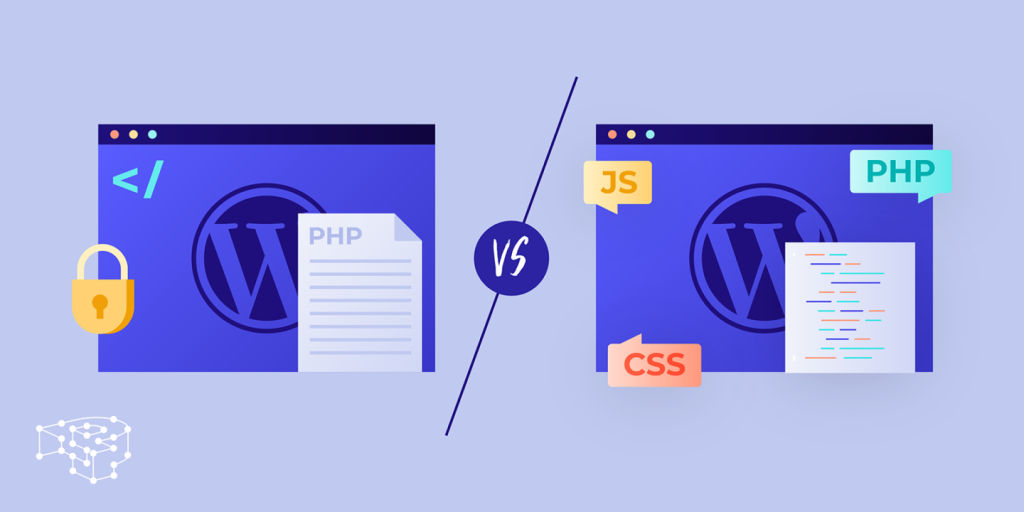



Responses